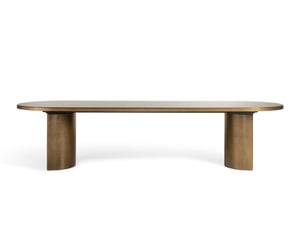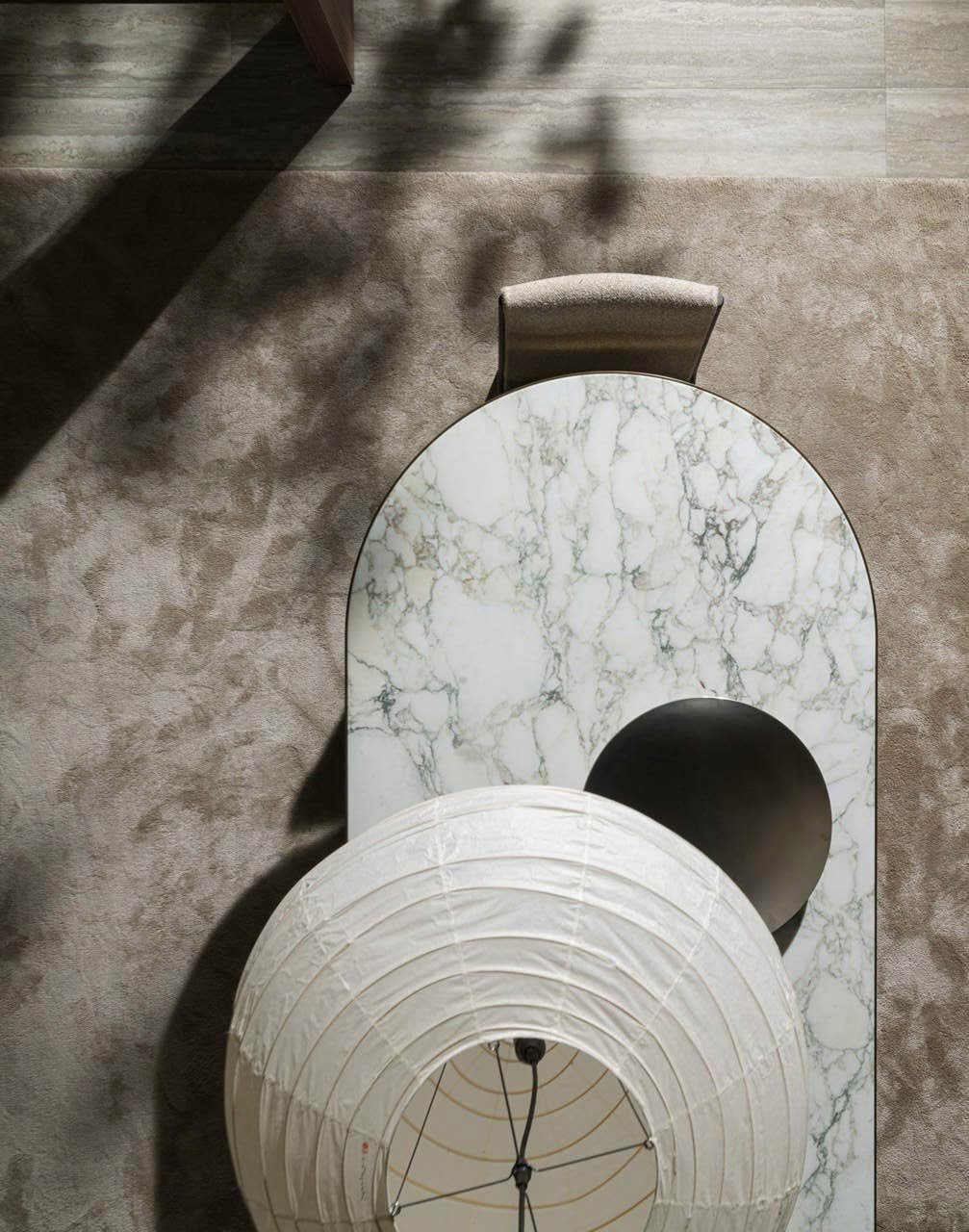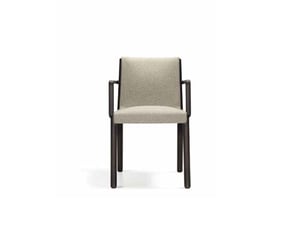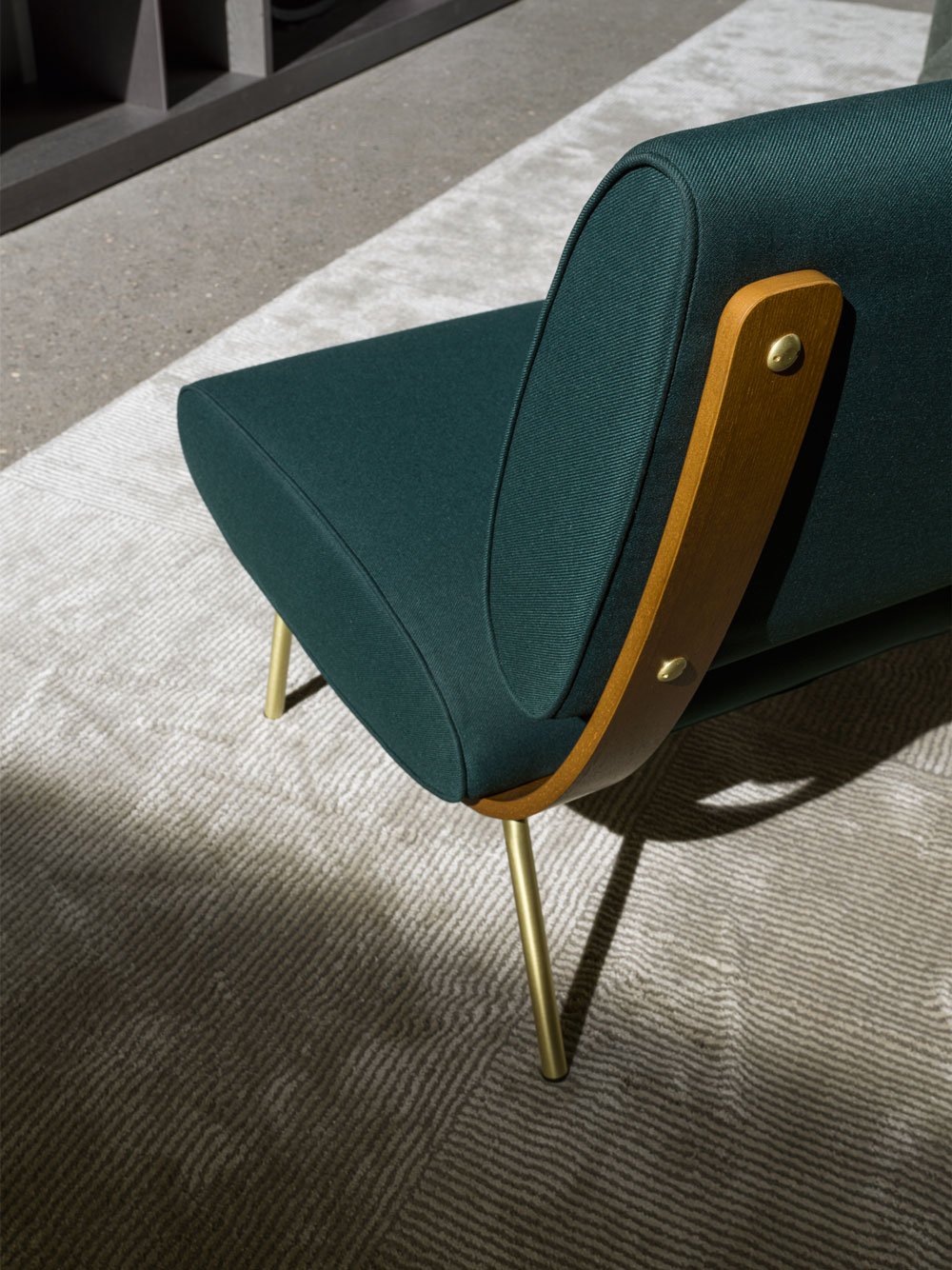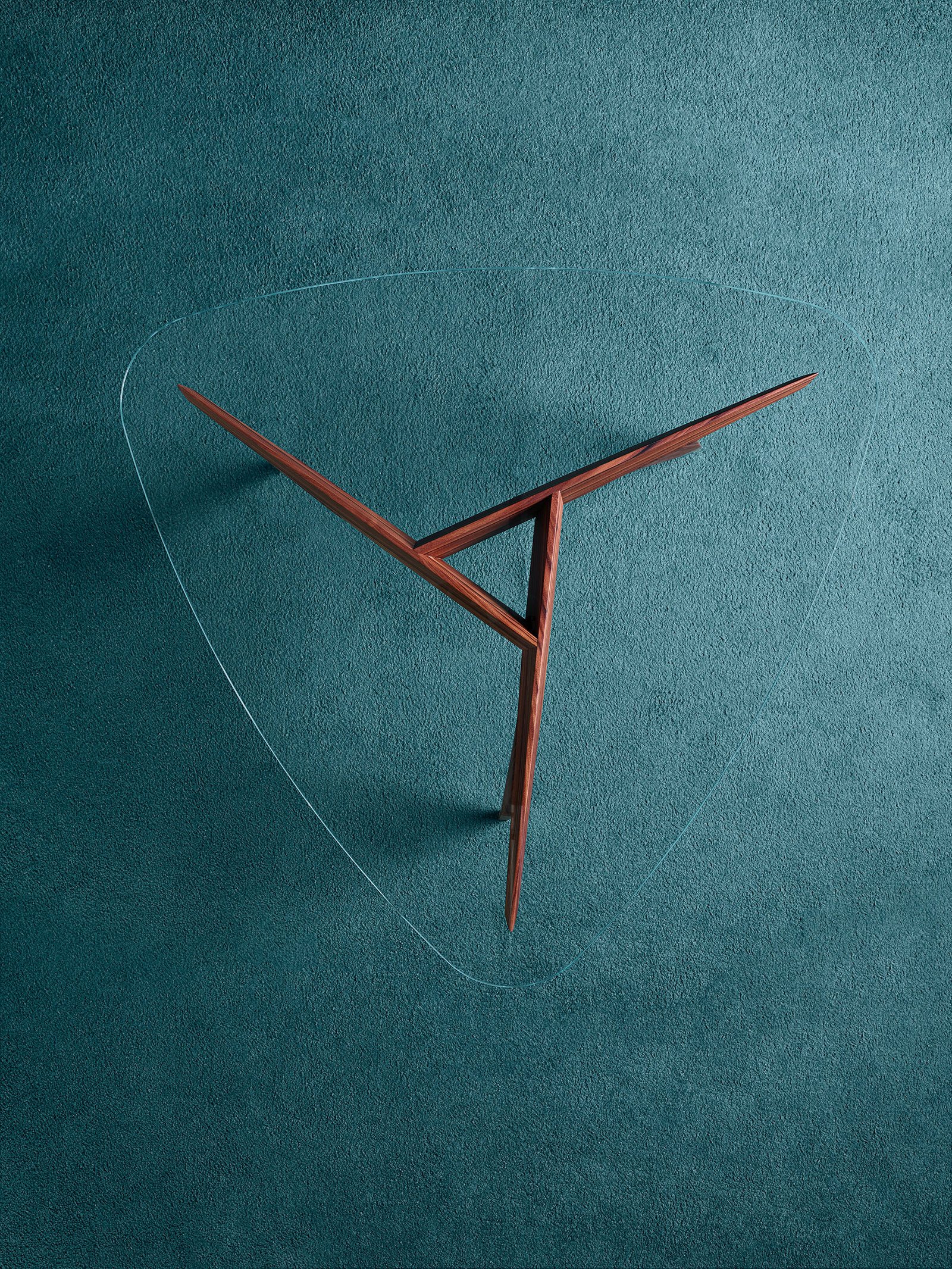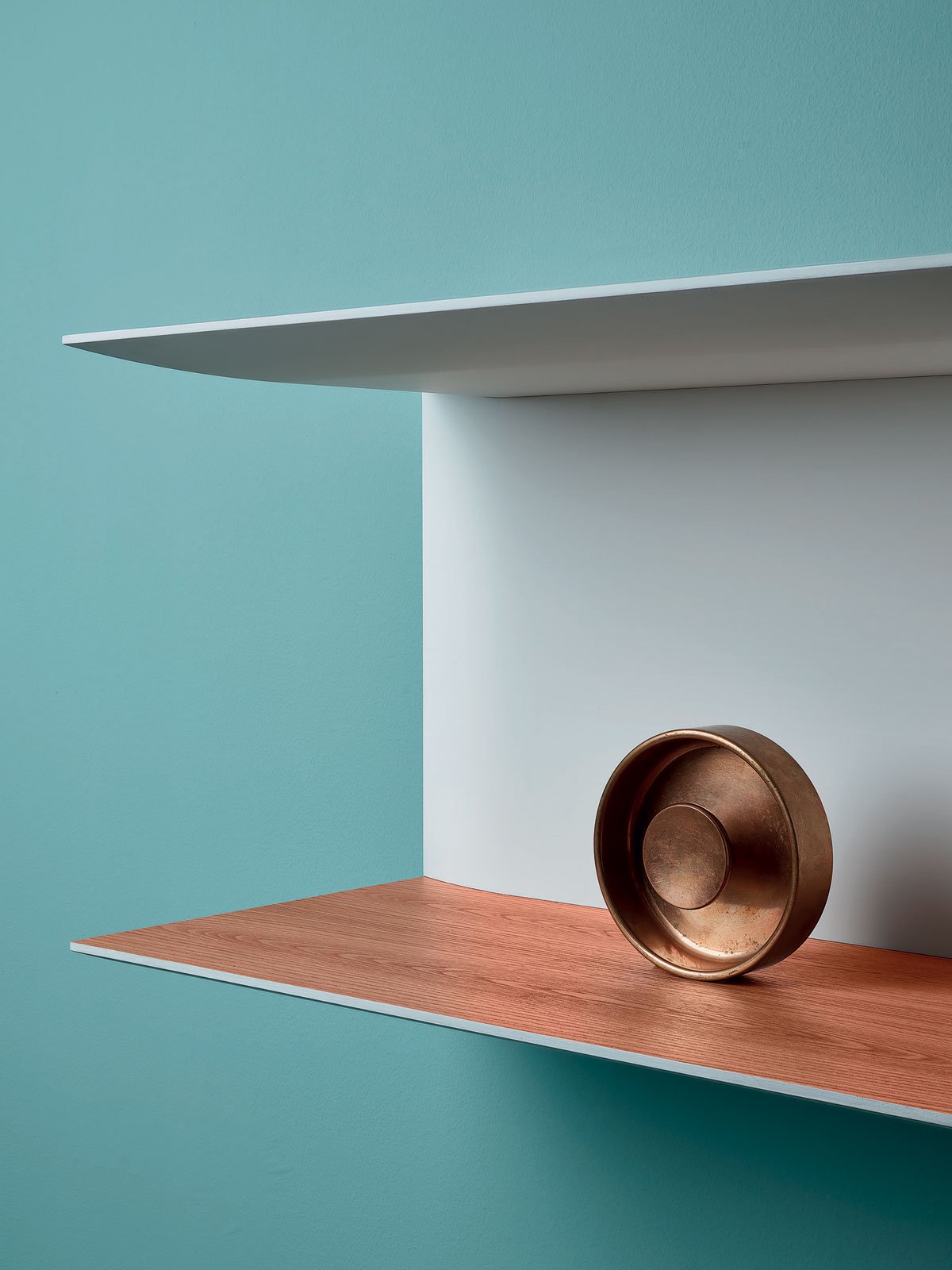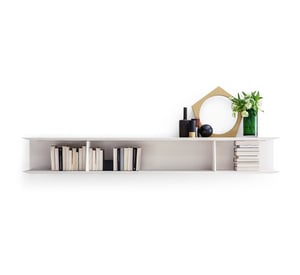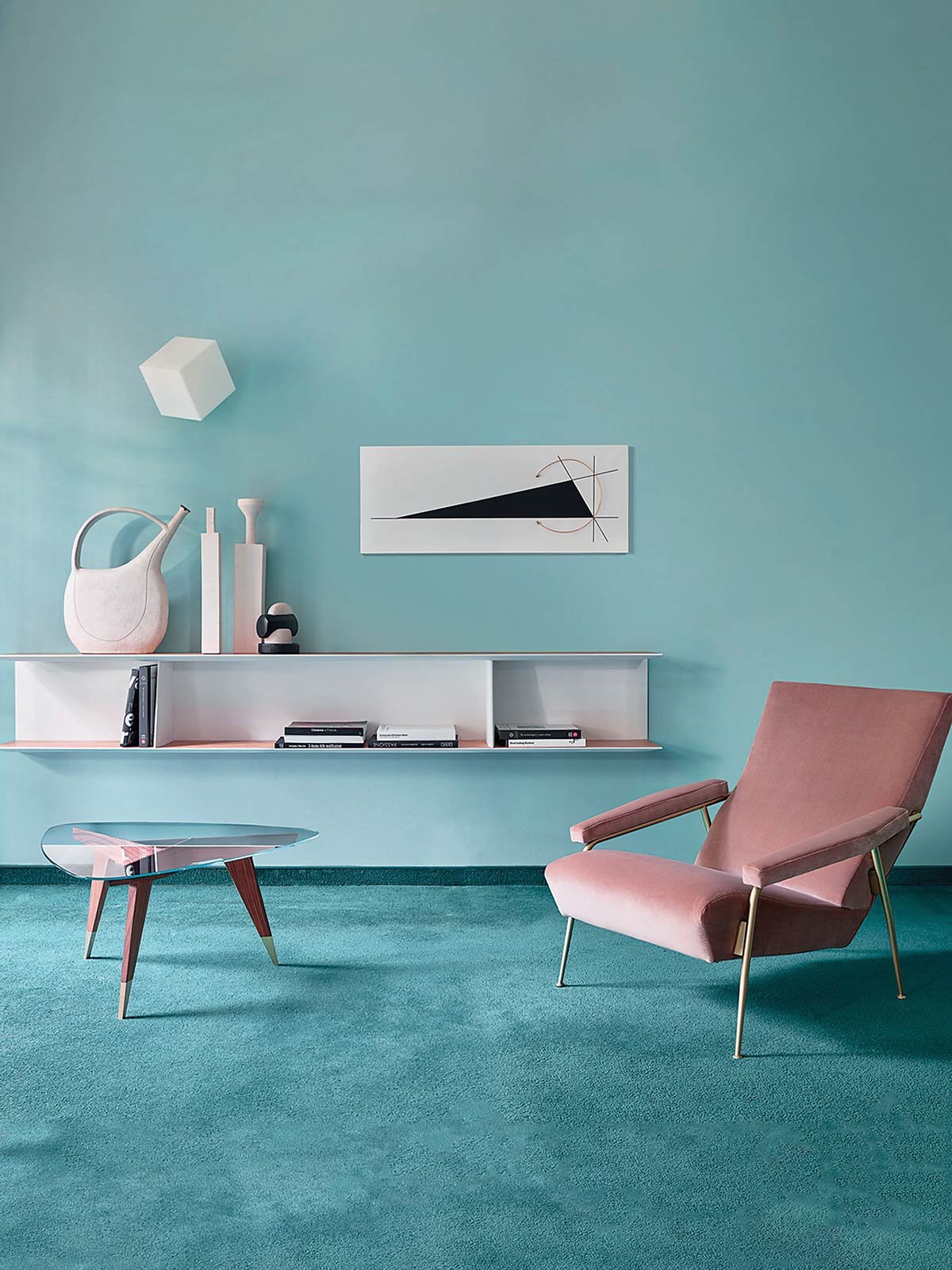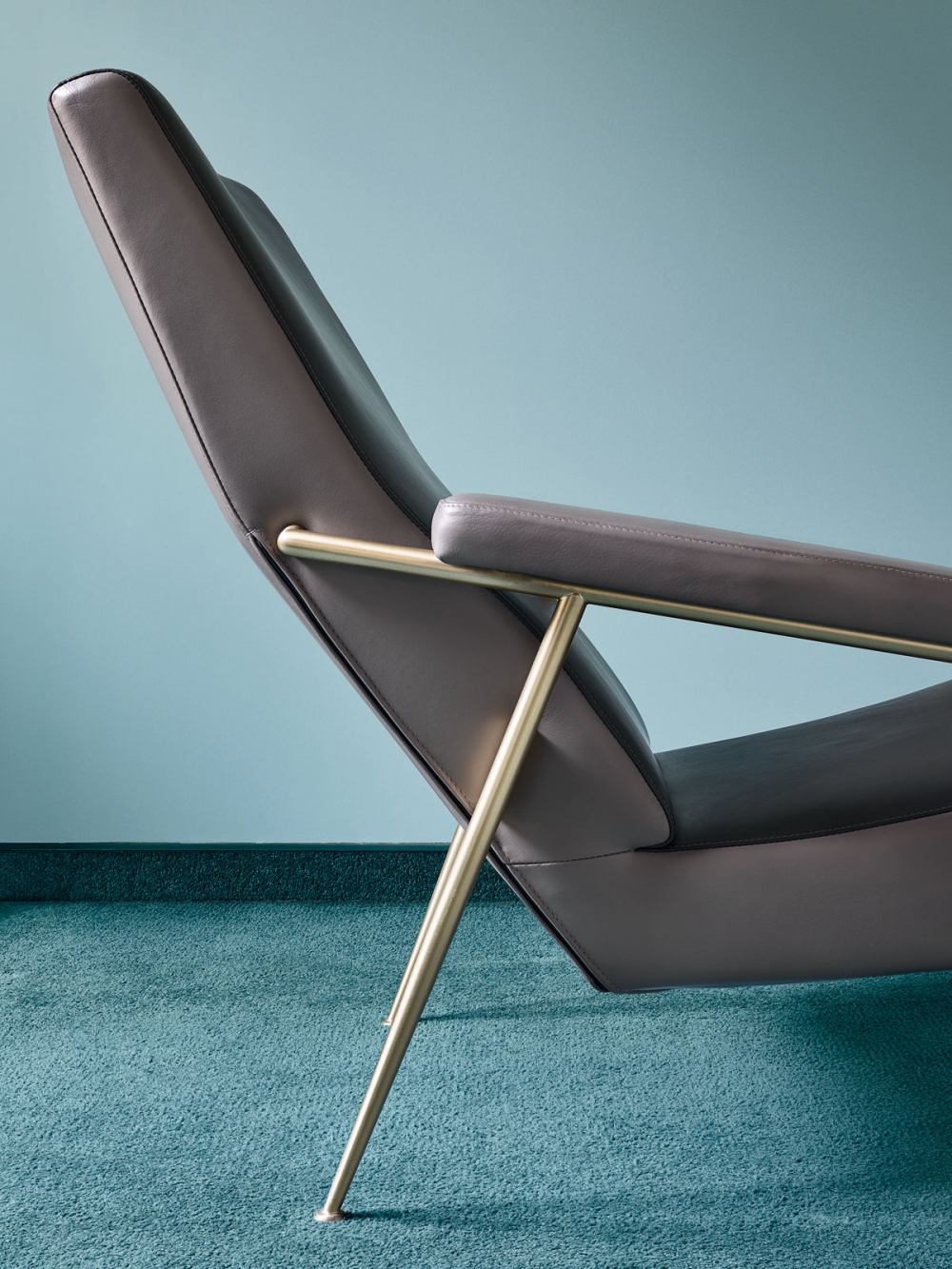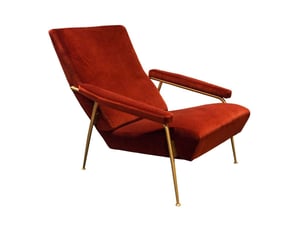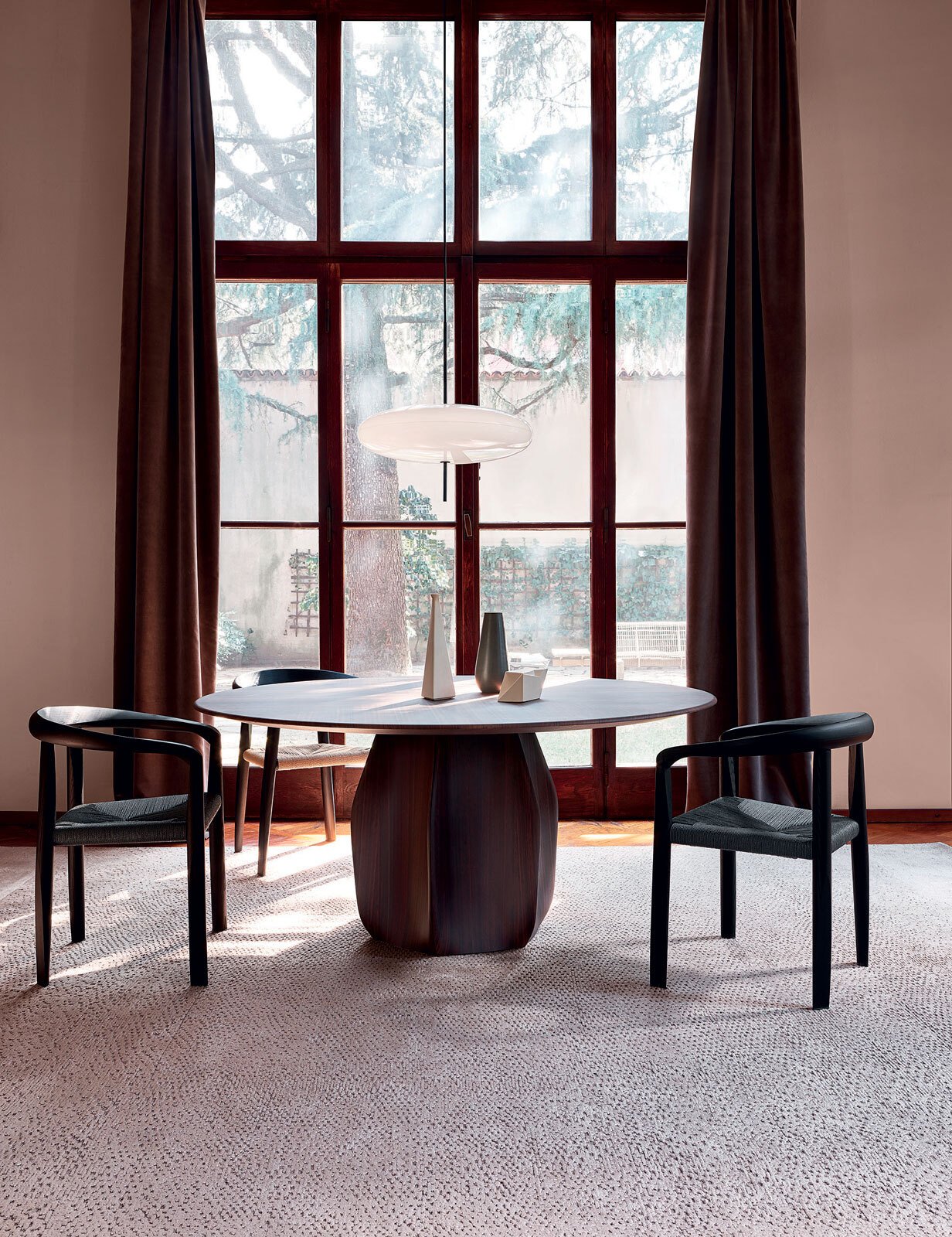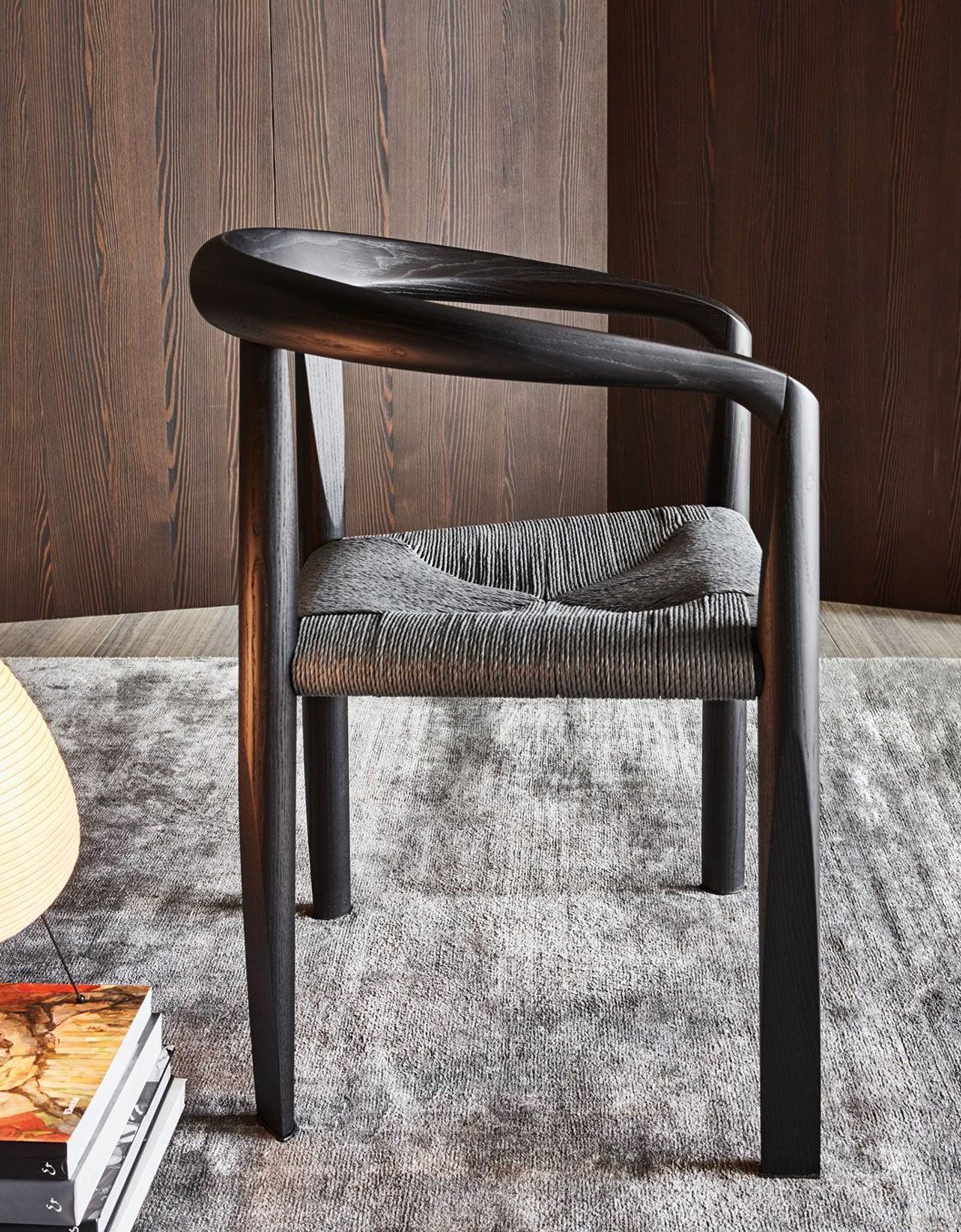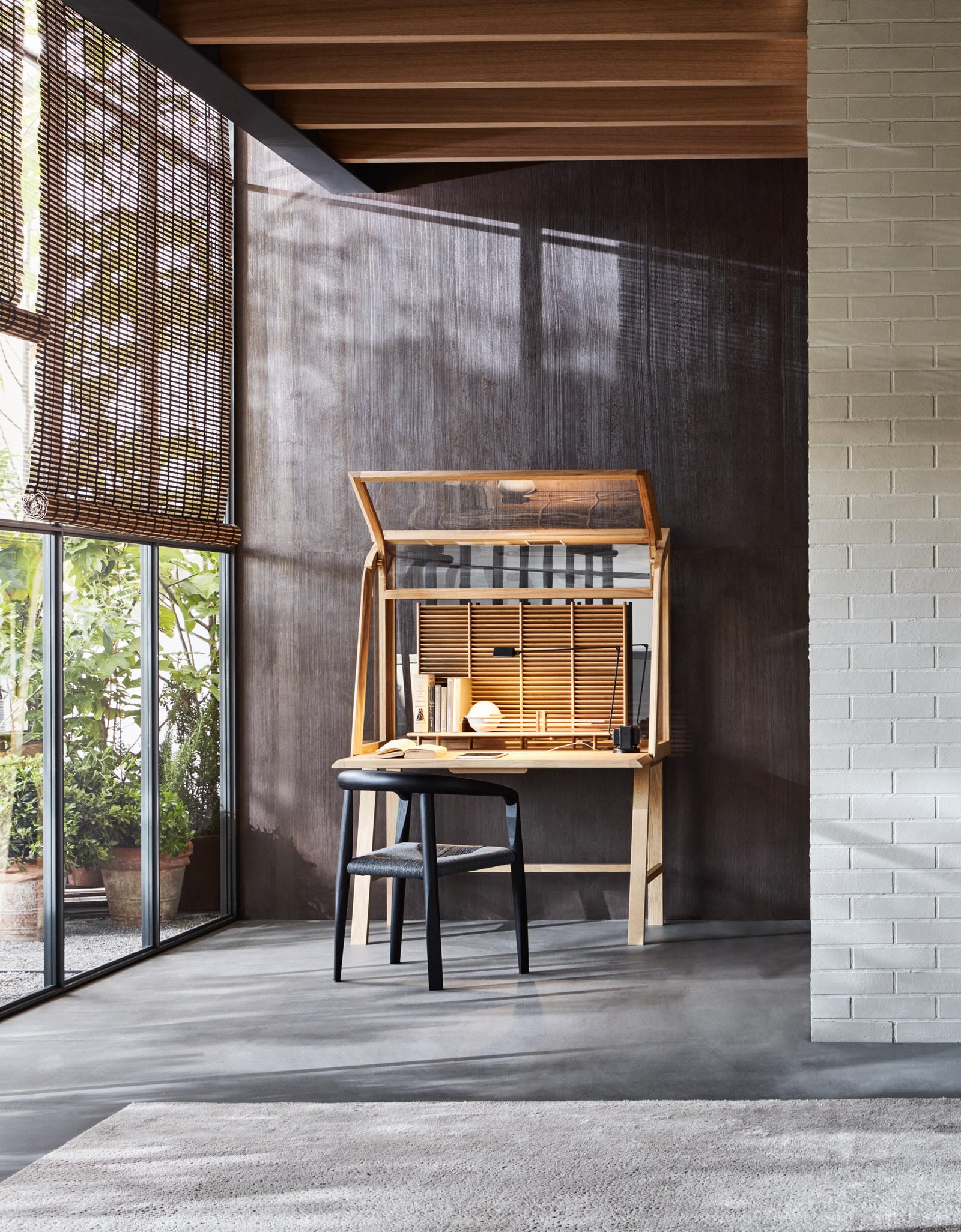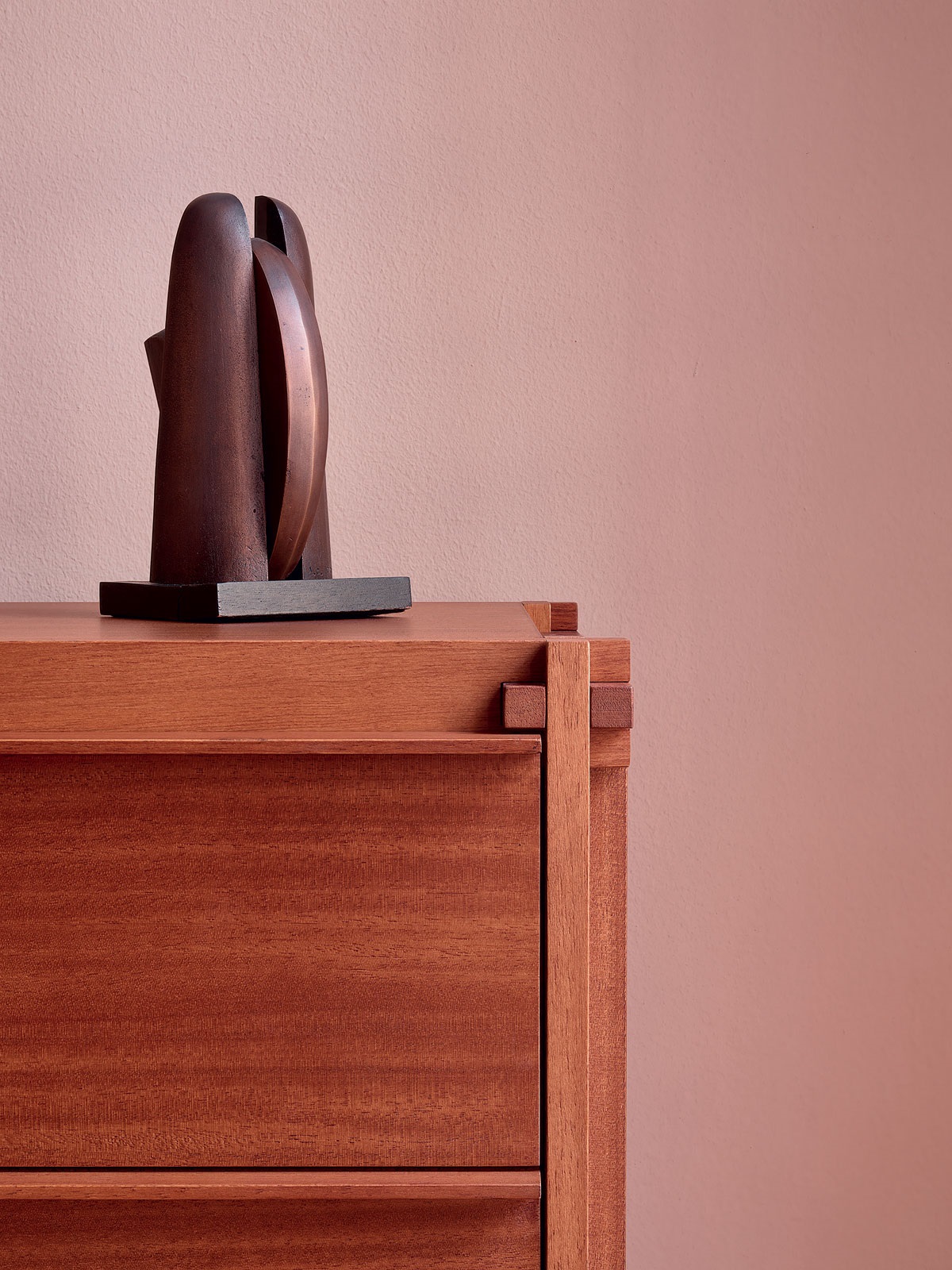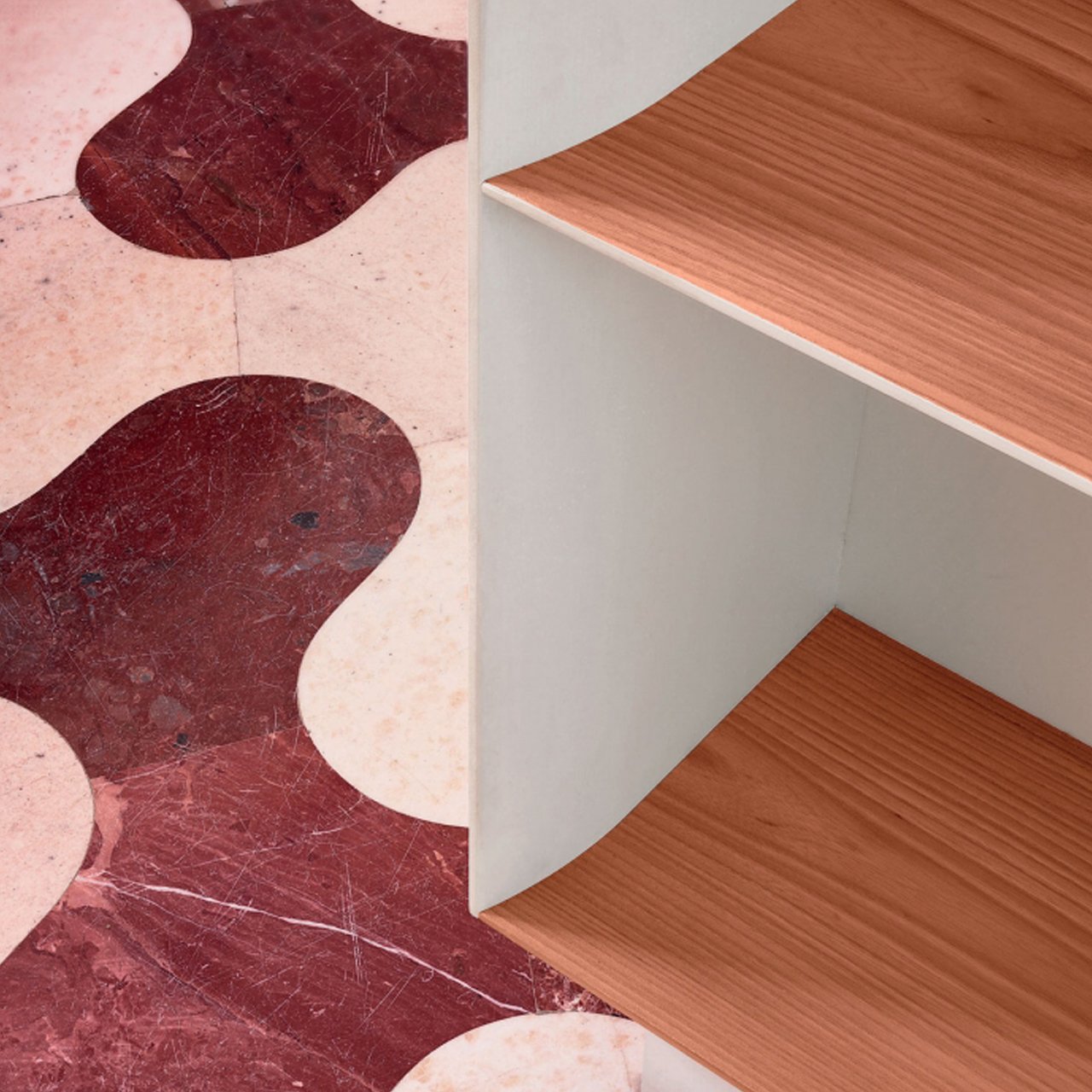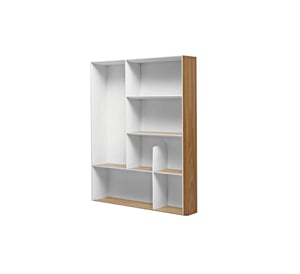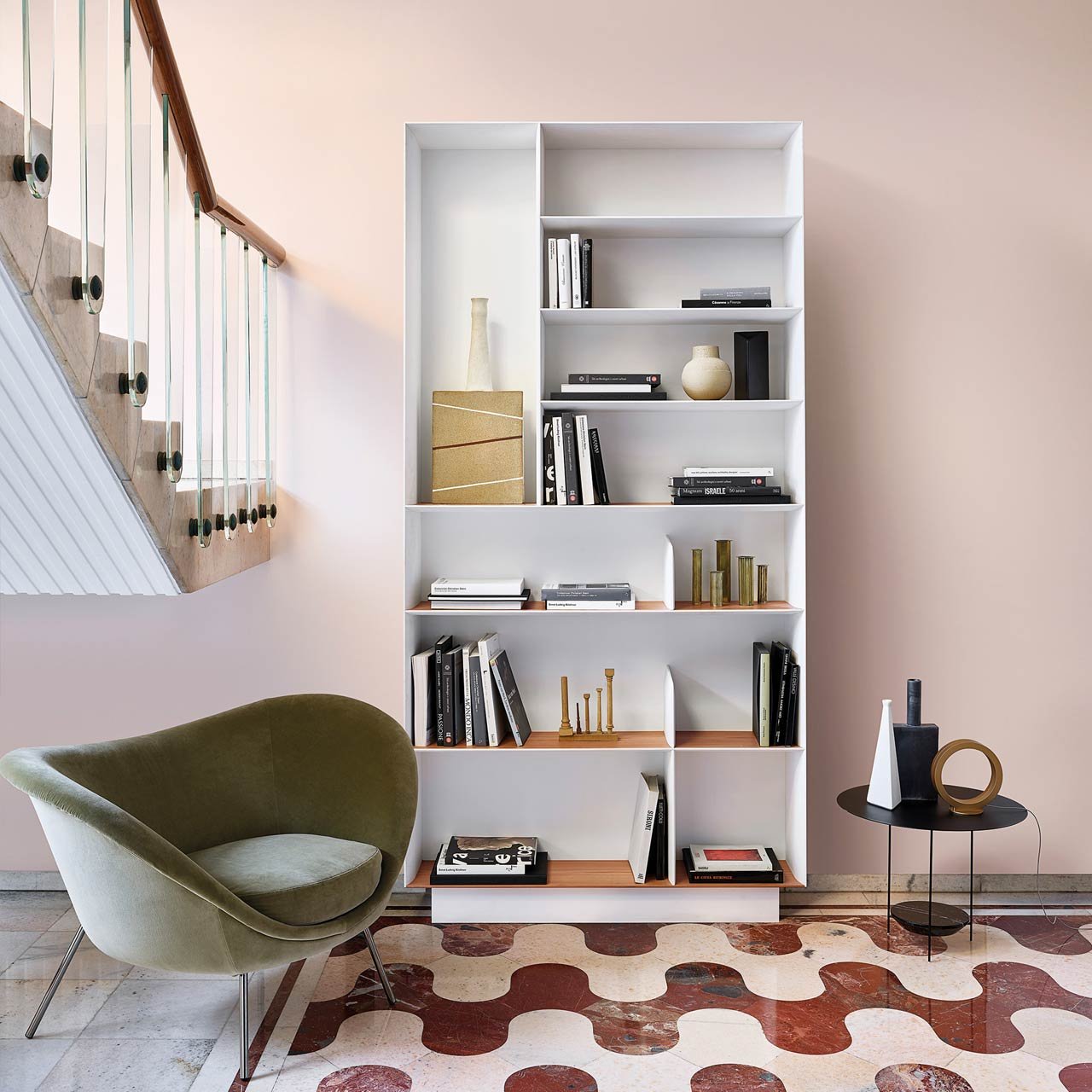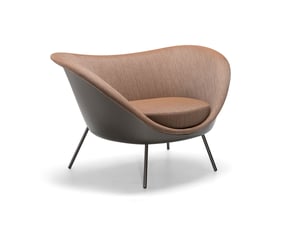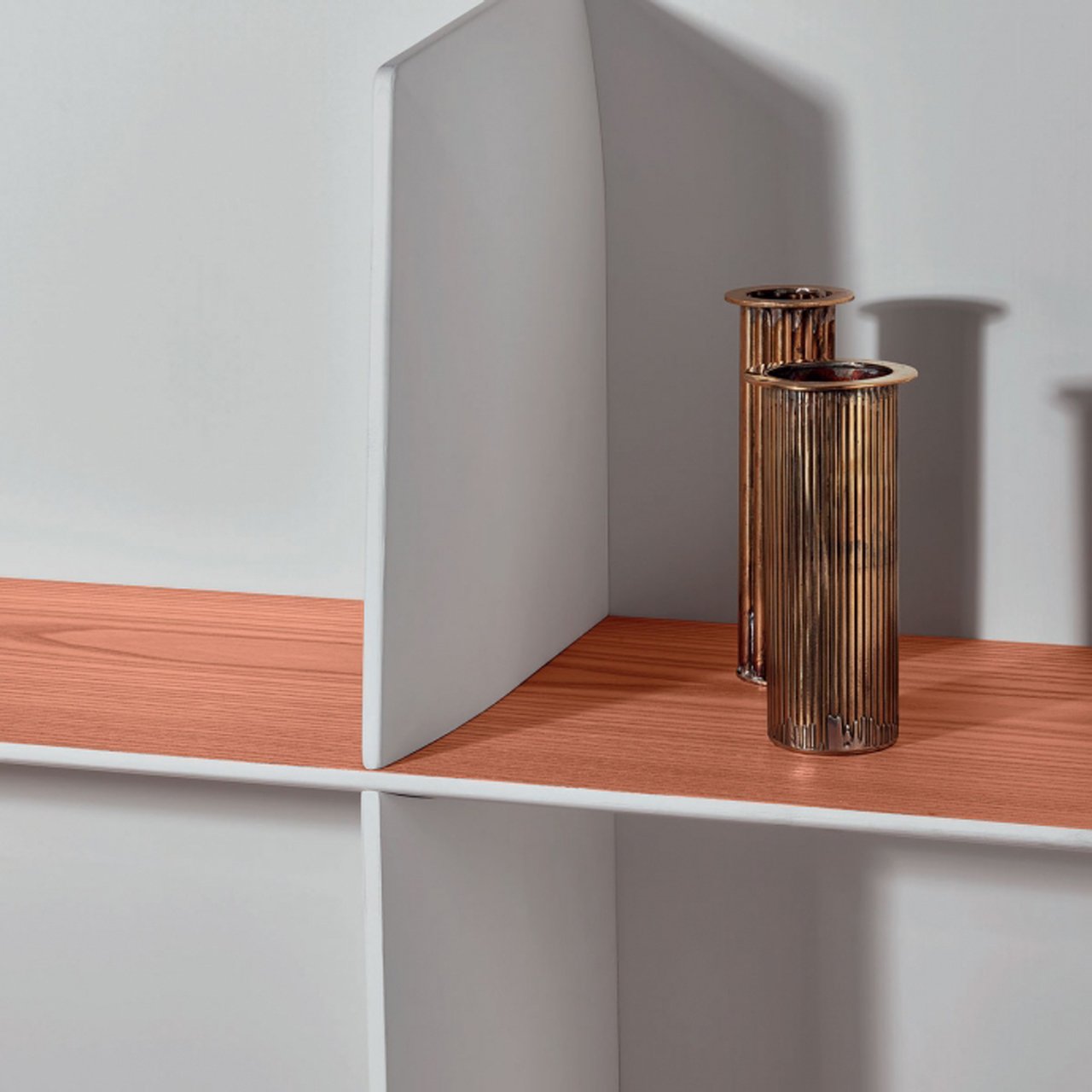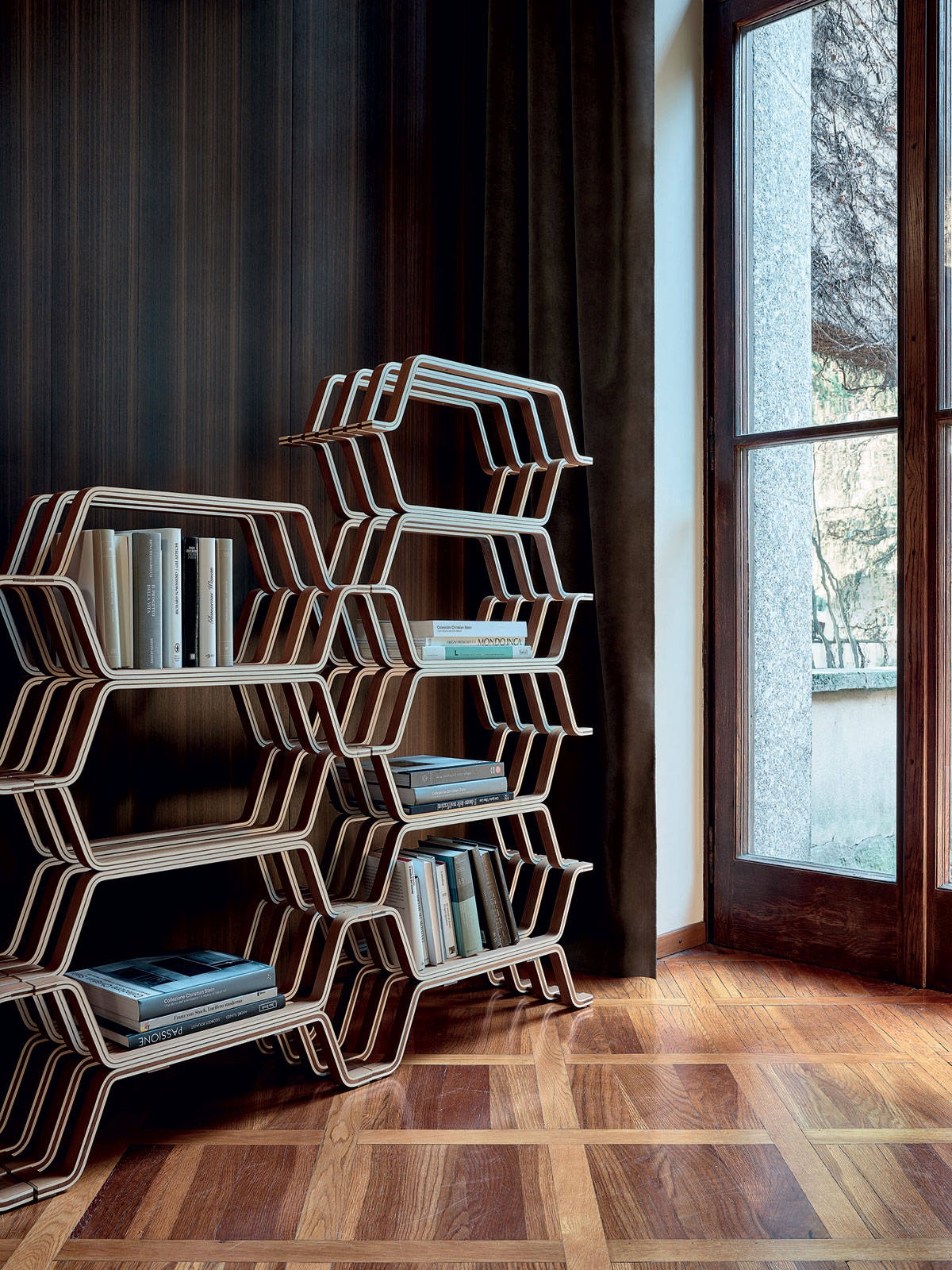Molteni&C's Heritage Collection: the authentic beauty of an artistic legacy
Like traces of a past that returns with majestic beauty, the furniture featured in Molteni&C's Heritage Collection brings the timeless charm of authorial design into your home.
The prestigious collection is the beating heart of the brand's historical archive: Gio Ponti, Ignazio Gardella, Afra and Tobia Scarpa, Yasuhiko Itoh and Werner Blaser have left the everlasting marks of a rich and authentic legacy that deserves to be treasured and promoted, projecting the brand into a future of avant-garde and tradition, always commited to high-quality standards of living.
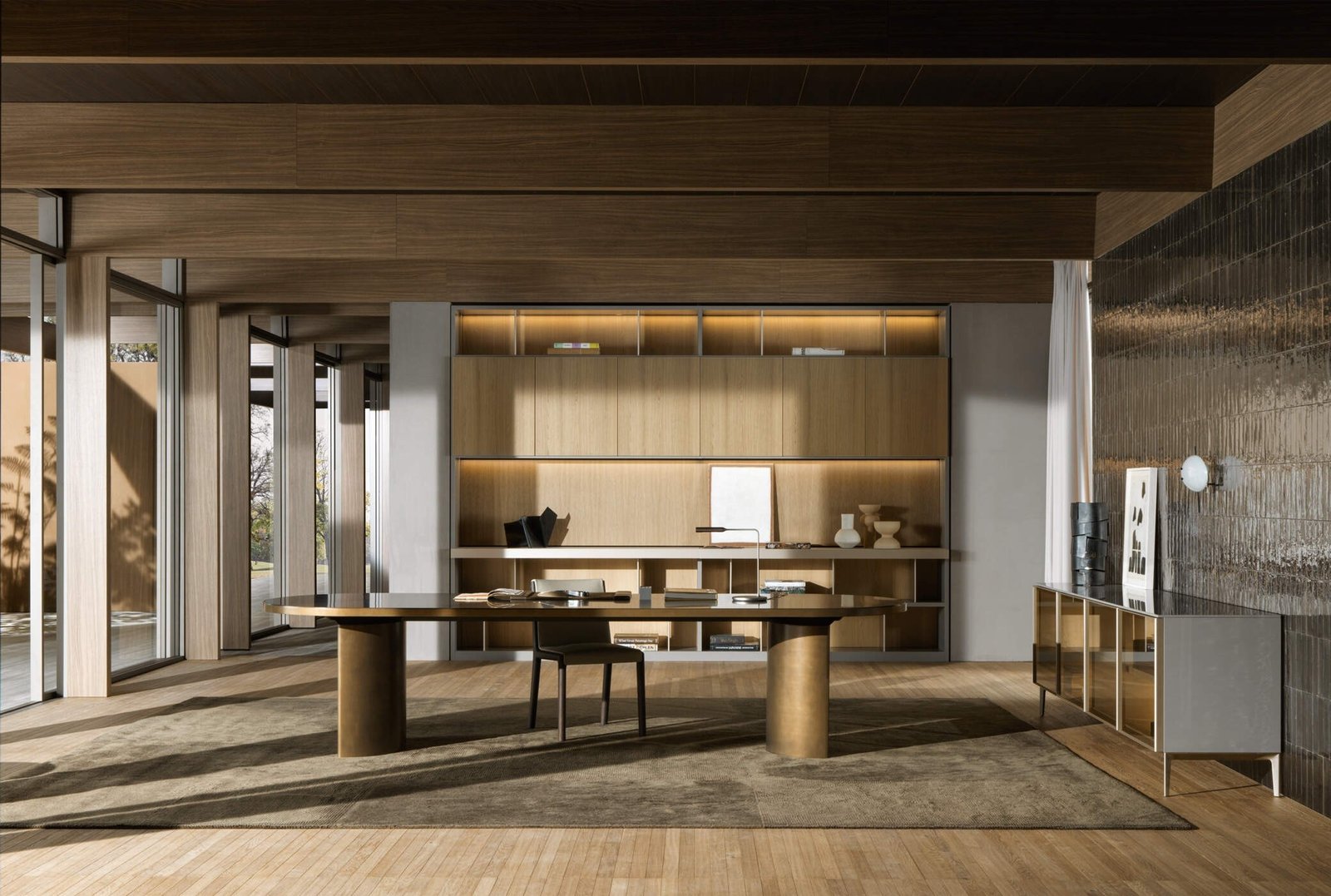
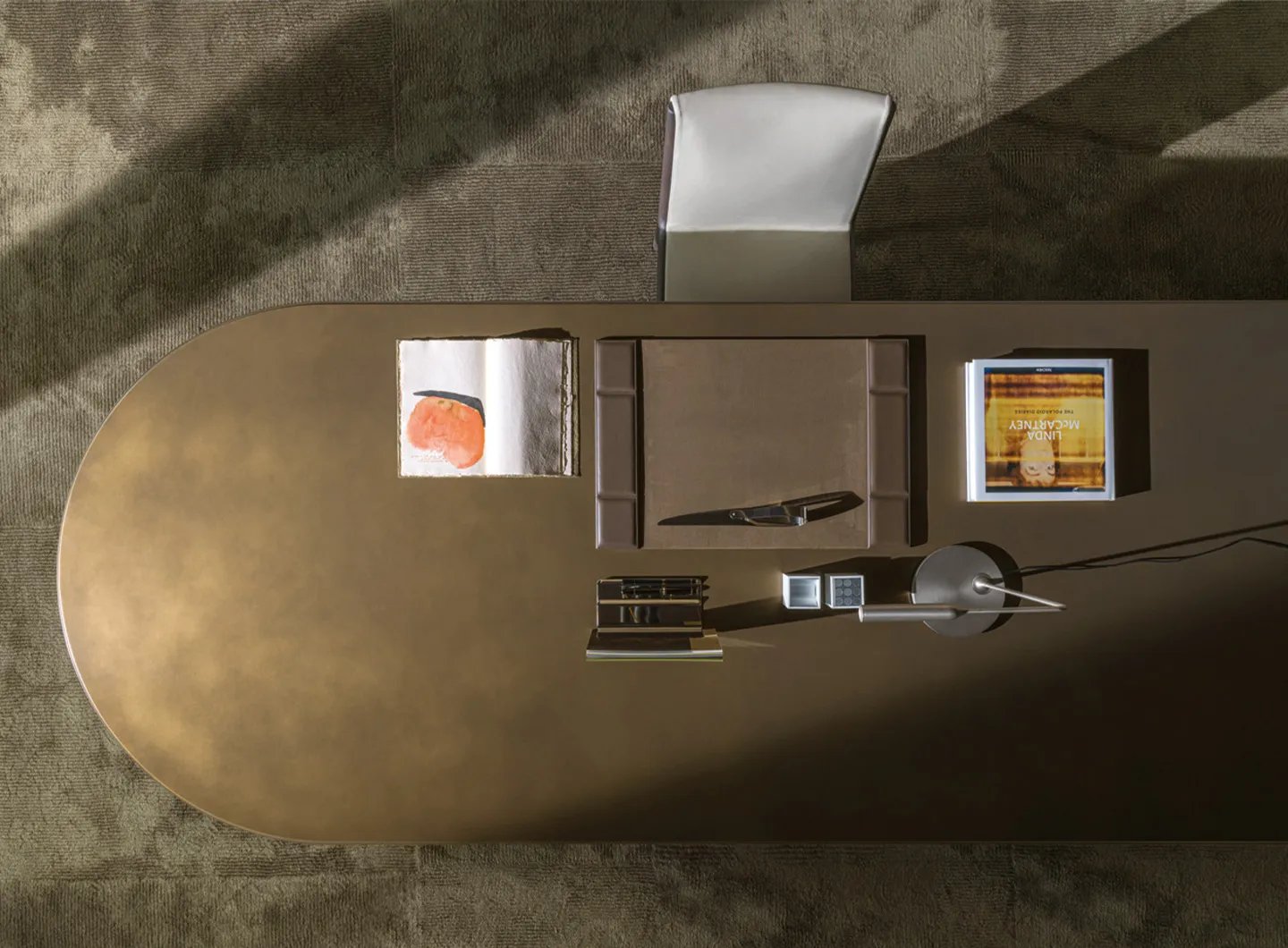
Born in Milan in 1905, Ignazio Gardella embraced the rationalist philosophy, which he implemented in his earliest architectural works of the 1930s. An active participant in the growth of the modern movement in Italy, he also translated the balance between formal elegance and modernist aesthetics of his architectural style into furniture design. Clean lines and structural purity: the object is shaped by its own function.
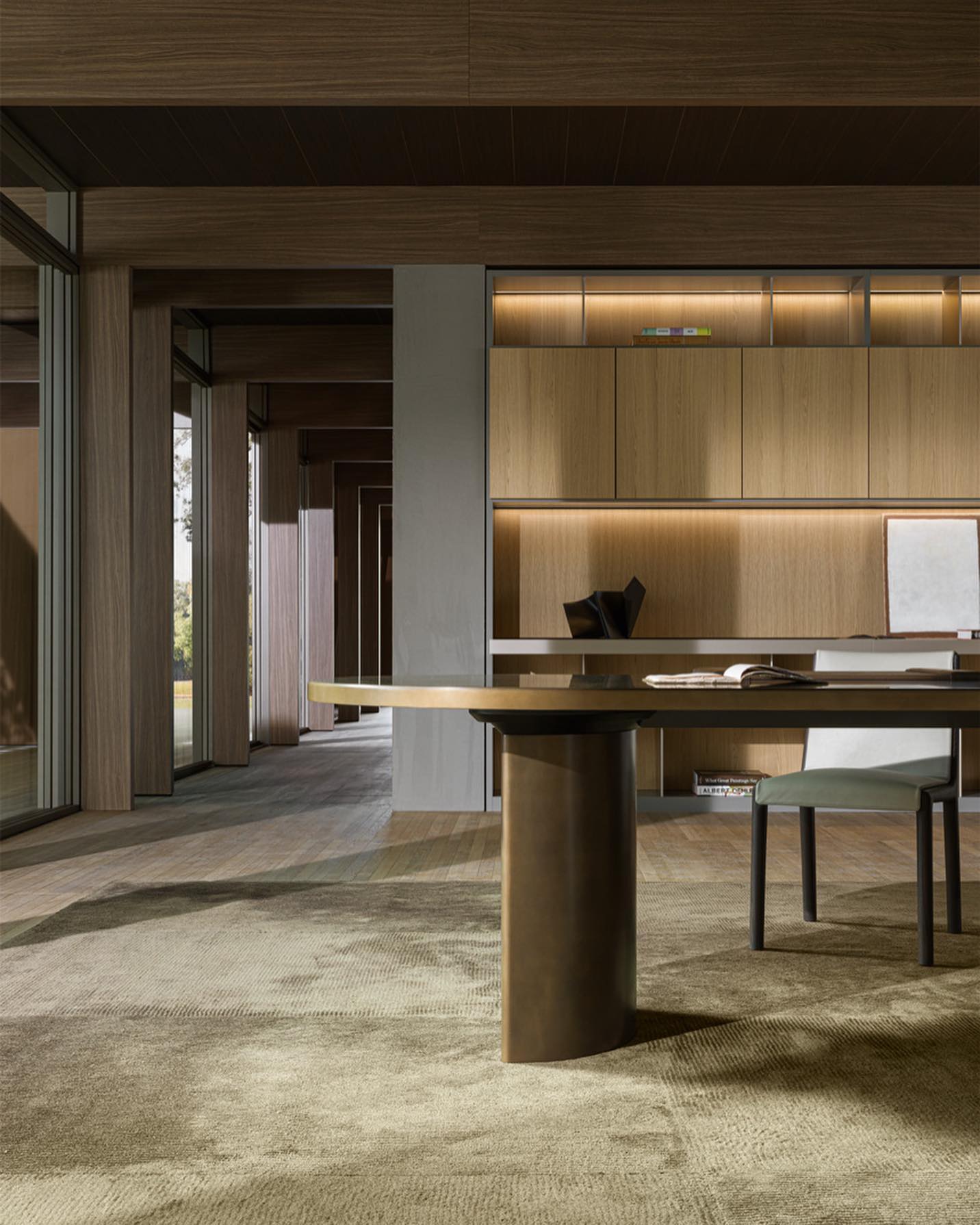
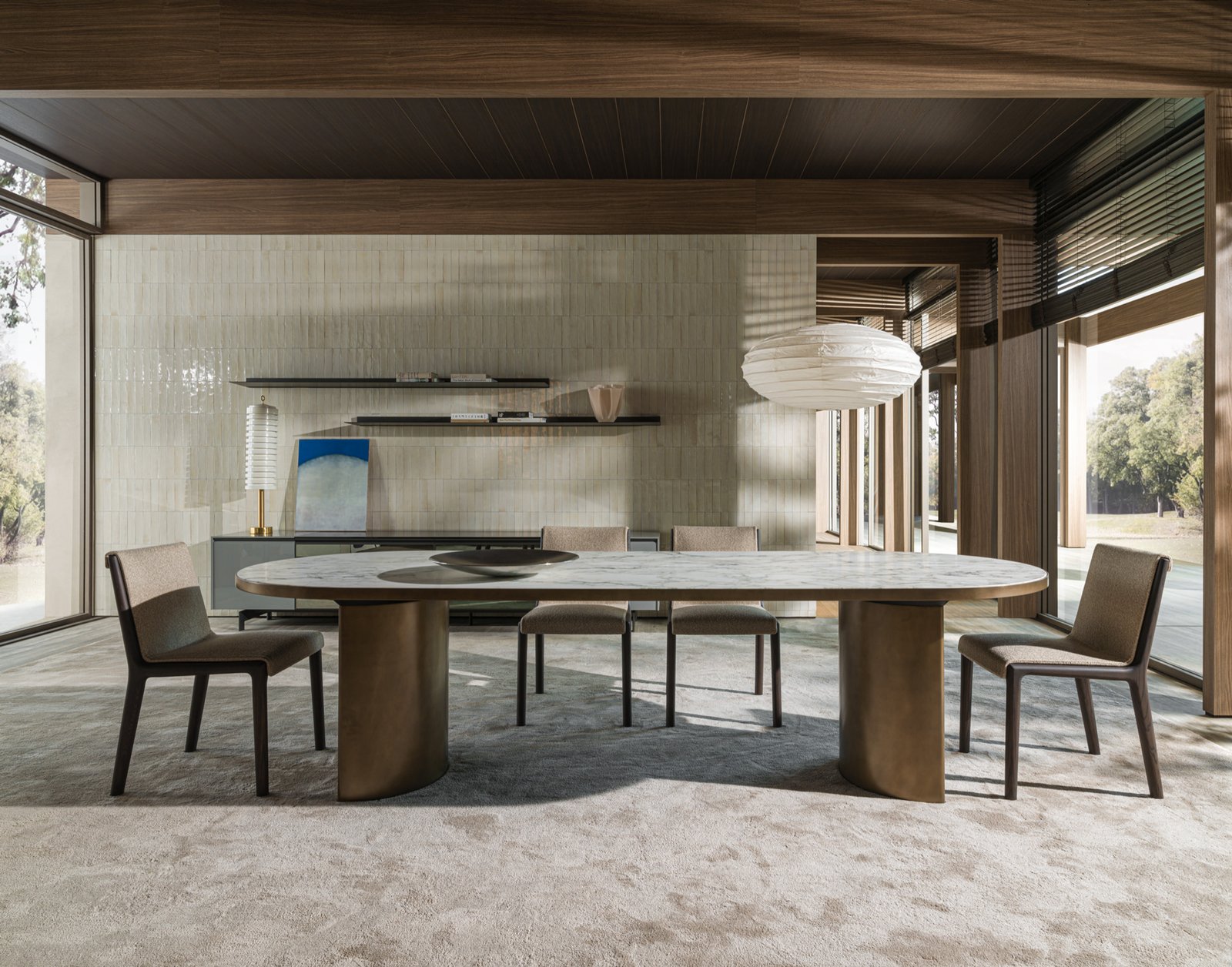
Winner of the recent "Wallpaper* Design Awards 2023" for "Best Silhouettes", the Blevio table was designed by Ignazio Gardella in 1930 as a one-off copper piece destined for his family's residence on Lake Como. Its linear and elegant profile perfectly embodies the distinctive qualities of Gardella's architectural style. Two hollow cylinders with two simple wooden elements support the rectangular table top with rounded edges, creating geometries that result in an original and functional yet essential architectural balance that combines form and function and uses materials as an aesthetic detail.
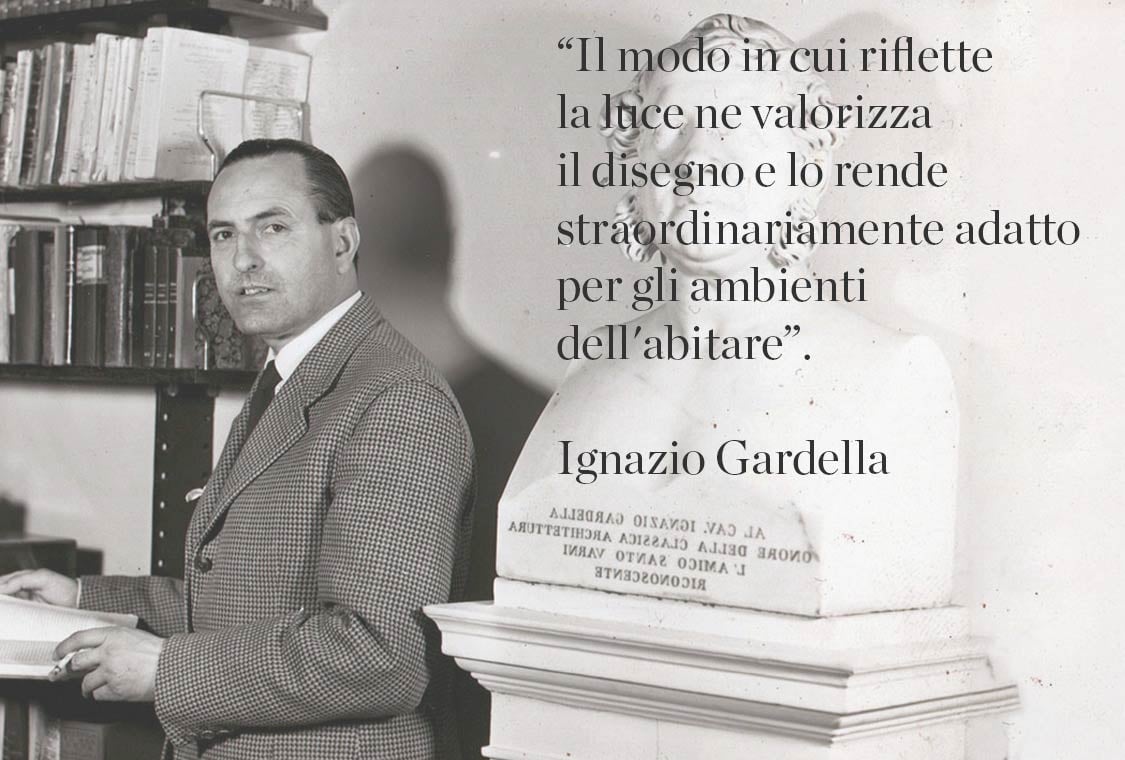
"The way it reflects light enhances the design and makes it exceptionally suited to all living environments."
Ignazio Gardella
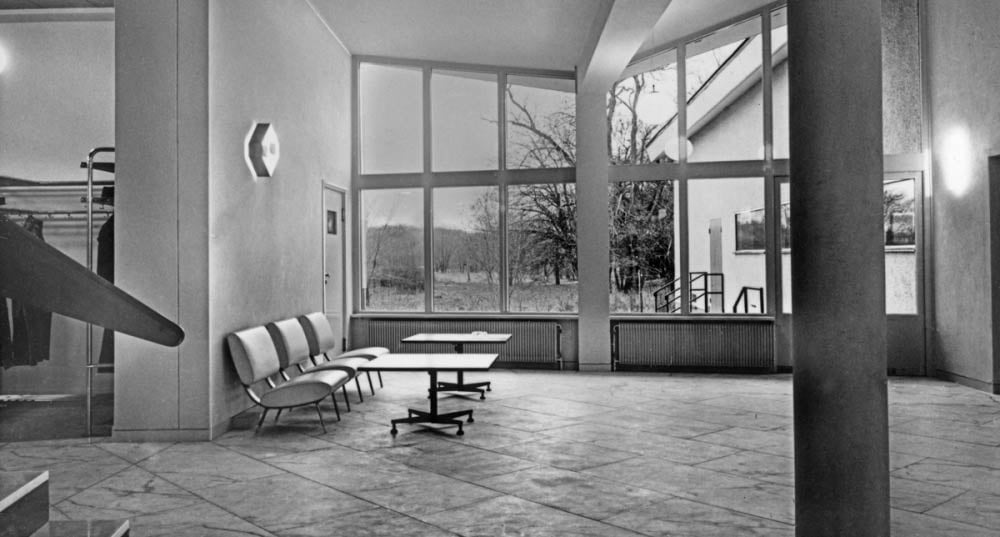
Gio Ponti, a pioneer of 20th century architecture, left his unmistakable mark on several architectural works, while also producing a broad range of furniture designs. Designed between 1935 and the 1970s, his creations are now exclusively reissued by Molteni&C with the assistance of cutting-edge technologies and materials that respect and reinvigorate their essence. An expression of his innovative vision that, over six decades, helped define "Ponti-style", this newfound legacy reaffirms the value and vitality of the master.
(© Gio Ponti Archives - Archivio storico Eredi Gio Ponti)

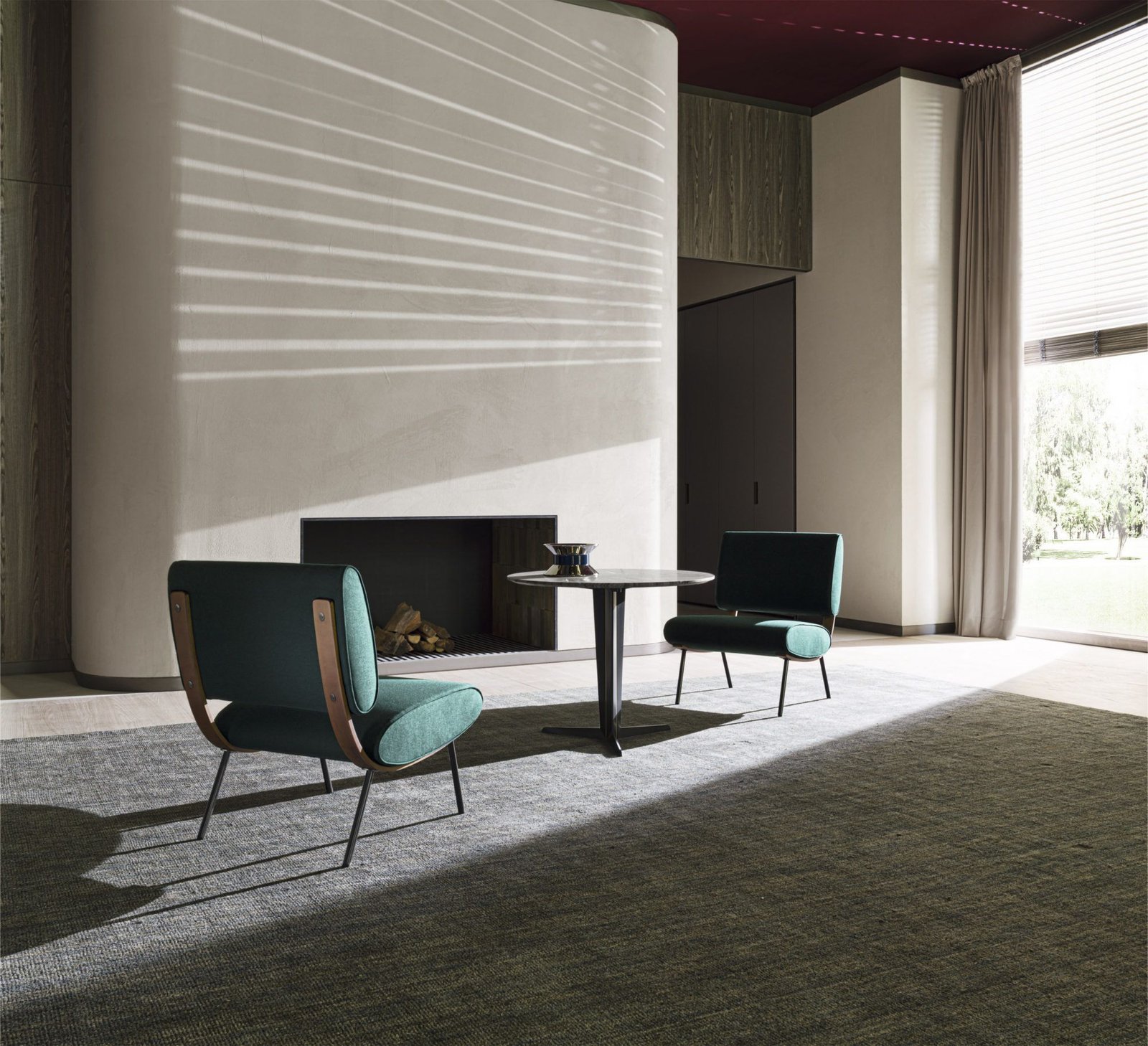
The desire for change and innovation of the post-war period is largely reflected in Gio Ponti's designs. The introduction of new materials finally allowed to create products that had only been imagined before that time, flawlessly epitomizing the captivating combination of functionality and minimalism. This newfound enthusiasm inspired one of the most iconic pieces of Ponti's production: the Round D.154.5 armchair, also known as "Otto Pezzi" (Eight Pieces). A modern, essential and unforgettable piece.
(© Archivio Gio Ponti - Archivio storico Eredi Gio Ponti)
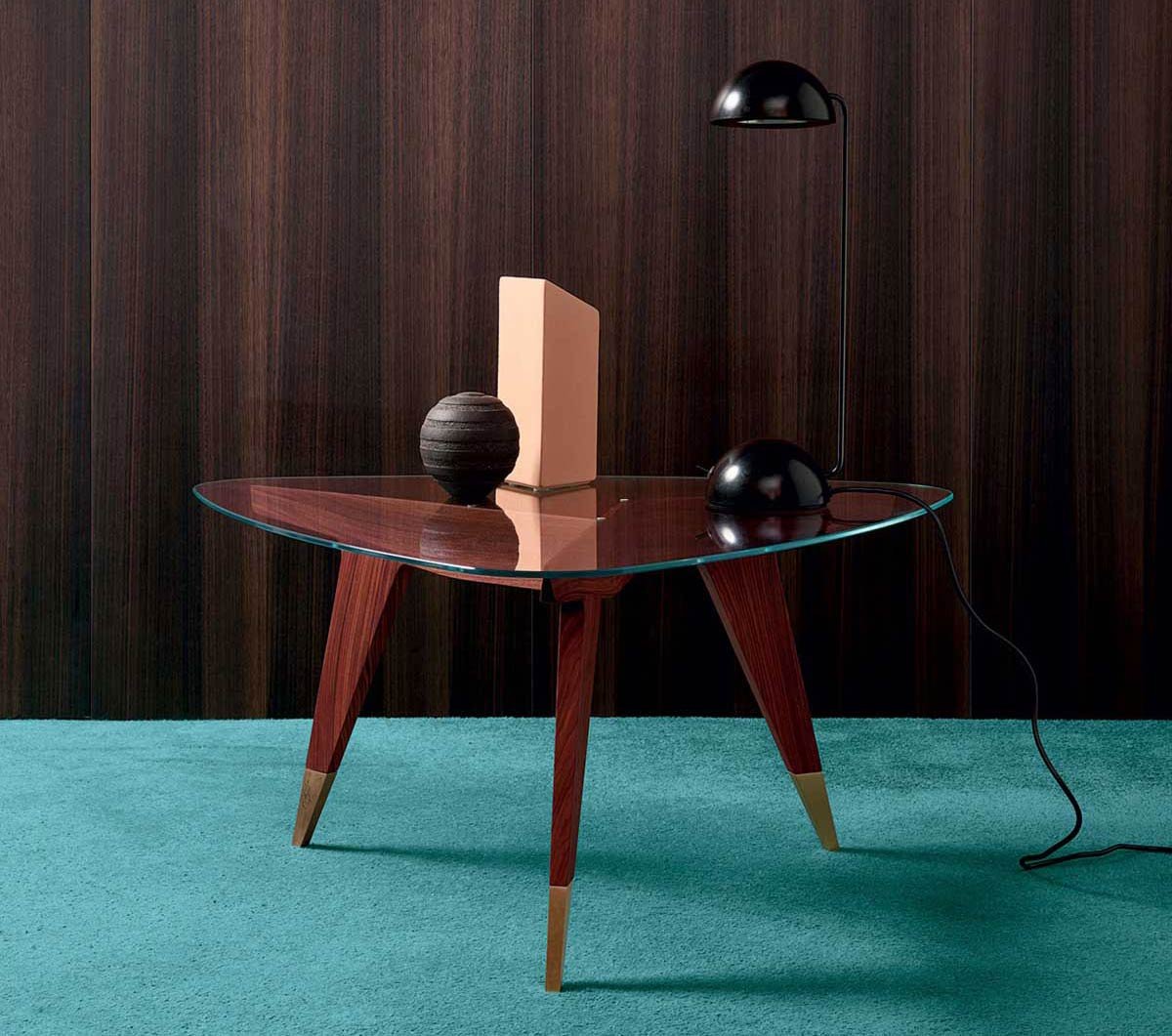
The "Infinito" or D.552.2 coffee table, designed by Gio Ponti in 1950, features a delicate and abstract acrobatic design: the triangular glass top lies delicately on three slender rosewood legs embellished with brass feet.
(© Archivio Gio Ponti - Archivio storico Eredi Gio Ponti)
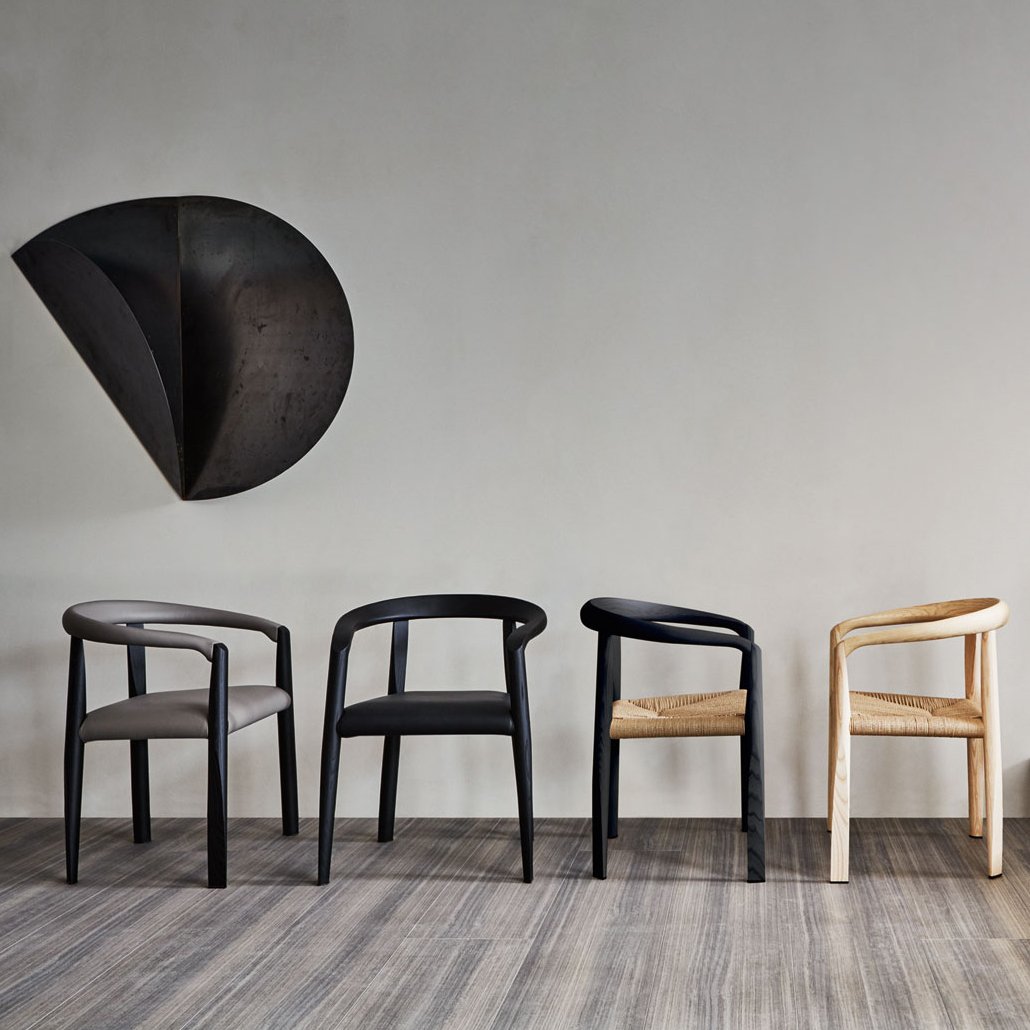
Afra and Tobia Scarpa both graduated with an architecture degree at the end of the 1960s, when their professional partnership was already well known: the duo had already achieved global recognition with the creation of fundamental pieces of furniture design. In 1986, the couple designed Miss, an elegant chair that seems to be formed by a single, slender line.


"Knowing how to build is a debt to technique. Knowing how to give a meaning to things I create is a debt to logic required by the forms"
Tobia Scarpa
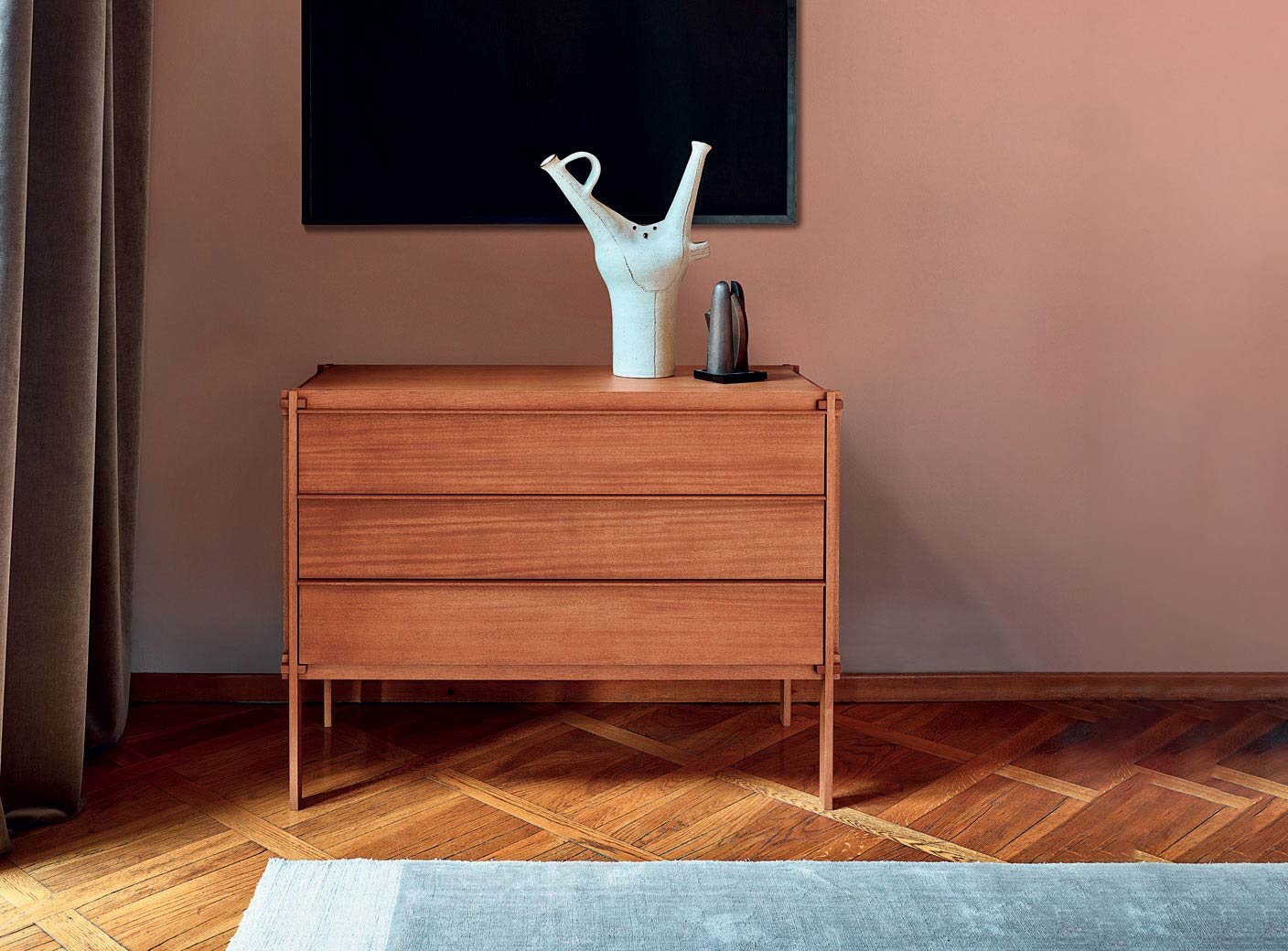
A student of Aalvar Aalto, Werner Blaser also worked in Basel with Mies Van de Rohe. He travelled extensively in Japan, drawing inspiration from a culture that he incorporated into his minimalist and refined style. One example of this approach is his famous chest of drawers, a prototype of Molteni&C's first modern piece of furniture, now produced in a precious re-edition in the Heritage Collection.
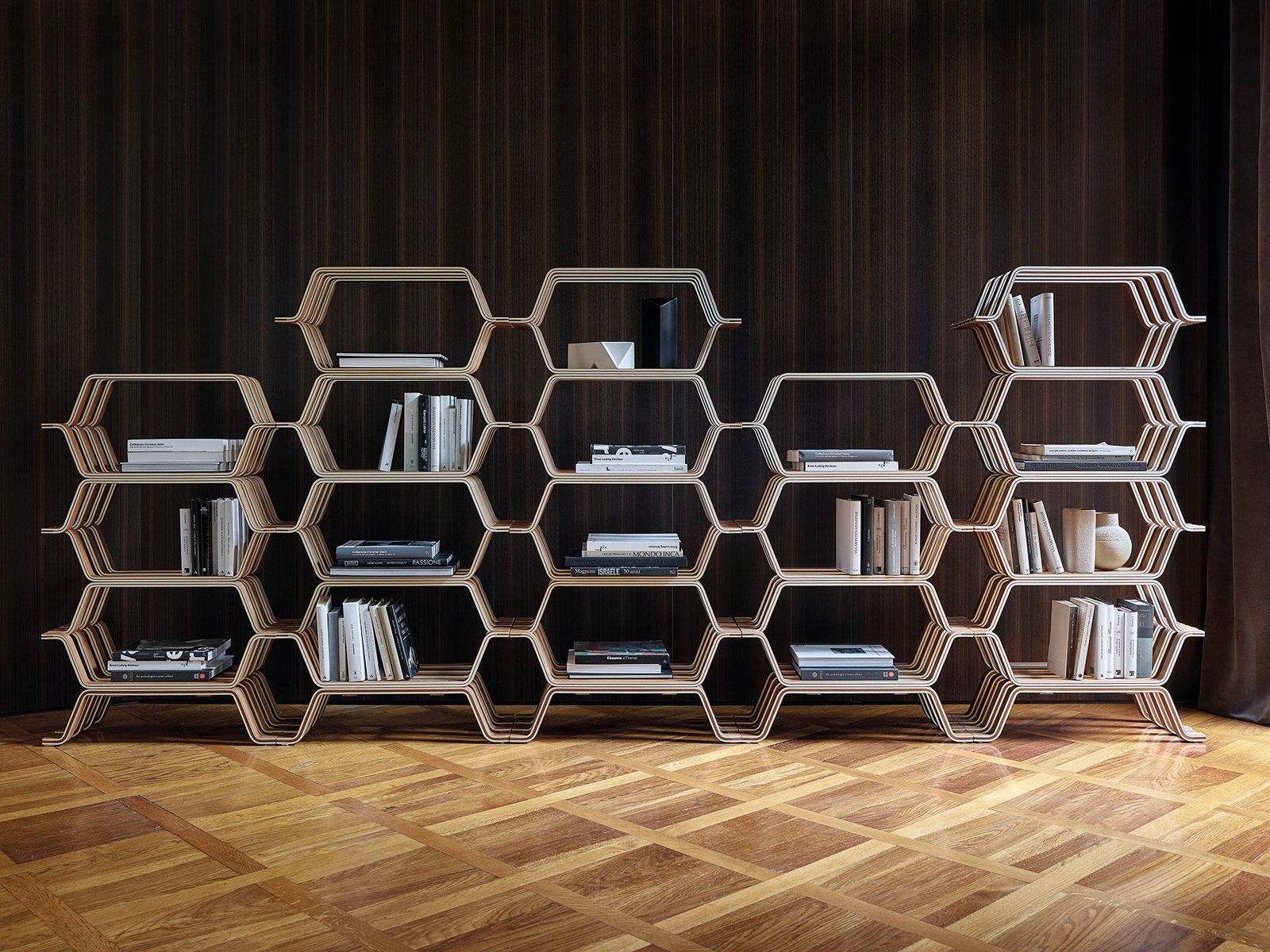
The bookcase designed by the Japanese Yasuhiko Itoh in 1959 was a truly ambitious project at the time, mainly because of the wood's complex curving. Now, with the Heritage Collection, the prototype of the bookcase has finally been produced in all its elegant and sinuous beauty.
We turn your inspiration into a project
We help you shape your home, collecting the best inspirations for you and editing design selections that fit your space and needs.
